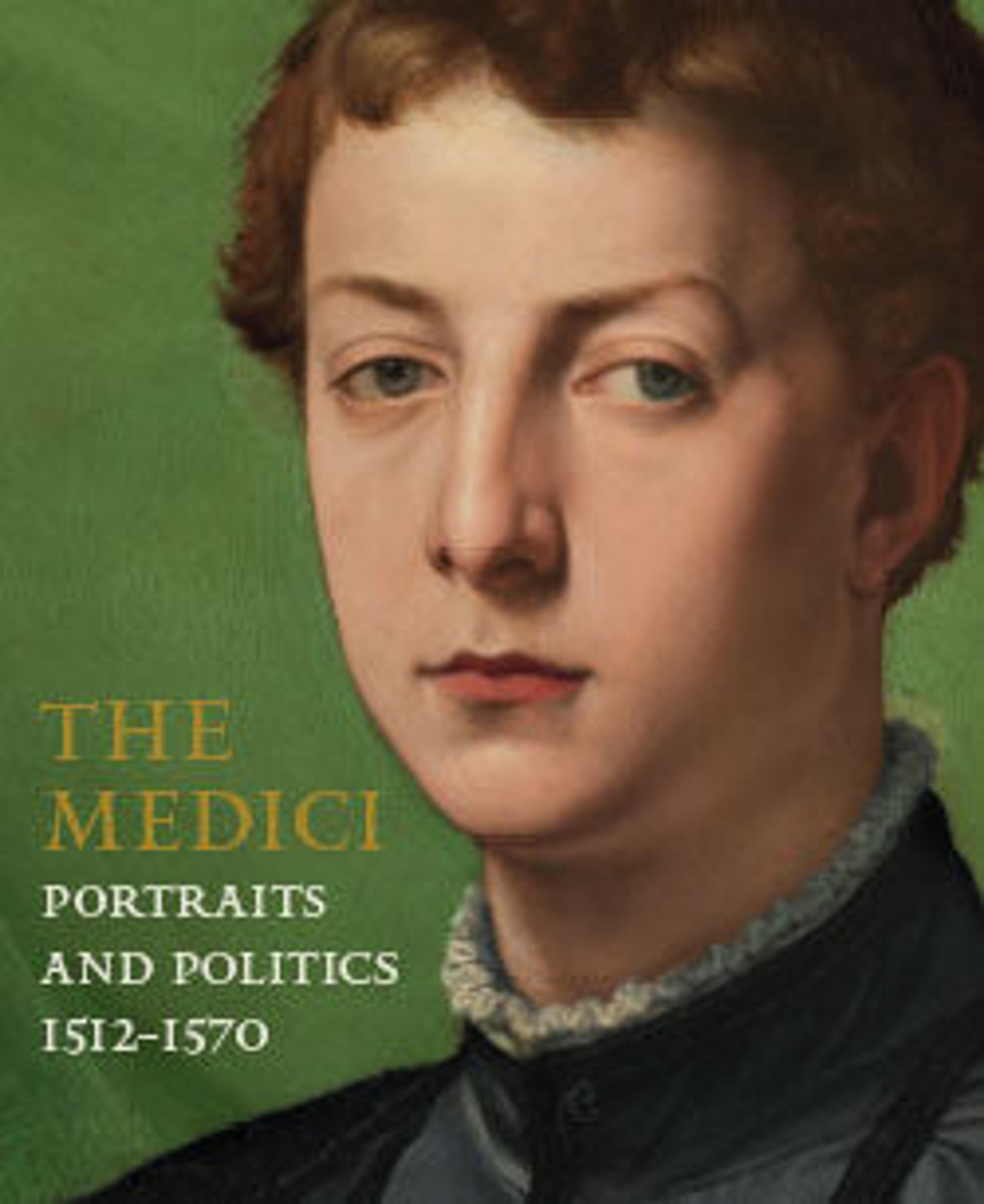Giuliano de' Medici (1479–1516), Duke of Nemours
This painting is an early copy of a portrait by Raphael of Giuliano de Medici, Pope Leo X's younger brother. Giuliano sat for his portrait so that it could be sent to Philiberte of Savoy, the aunt of Francis I of France, to whom he had become engaged. As the couple had not yet met the portrait gave her an idea of his appearance. The match was a political one. Pope Leo was hoping to cement the alliance between the French and the papacy. Portraits were often included in the diplomatic arrangements of such dynastic marriages.
Artwork Details
- Title: Giuliano de' Medici (1479–1516), Duke of Nemours
- Artist: Workshop (?) of Raphael (Italian, Urbino 1483–1520 Rome)
- Medium: Tempera and oil on canvas
- Dimensions: 32 3/4 x 26 in. (83.2 x 66 cm)
- Classification: Paintings
- Credit Line: The Jules Bache Collection, 1949
- Object Number: 49.7.12
- Curatorial Department: European Paintings
More Artwork
Research Resources
The Met provides unparalleled resources for research and welcomes an international community of students and scholars. The Met's Open Access API is where creators and researchers can connect to the The Met collection. Open Access data and public domain images are available for unrestricted commercial and noncommercial use without permission or fee.
To request images under copyright and other restrictions, please use this Image Request form.
Feedback
We continue to research and examine historical and cultural context for objects in The Met collection. If you have comments or questions about this object record, please contact us using the form below. The Museum looks forward to receiving your comments.
